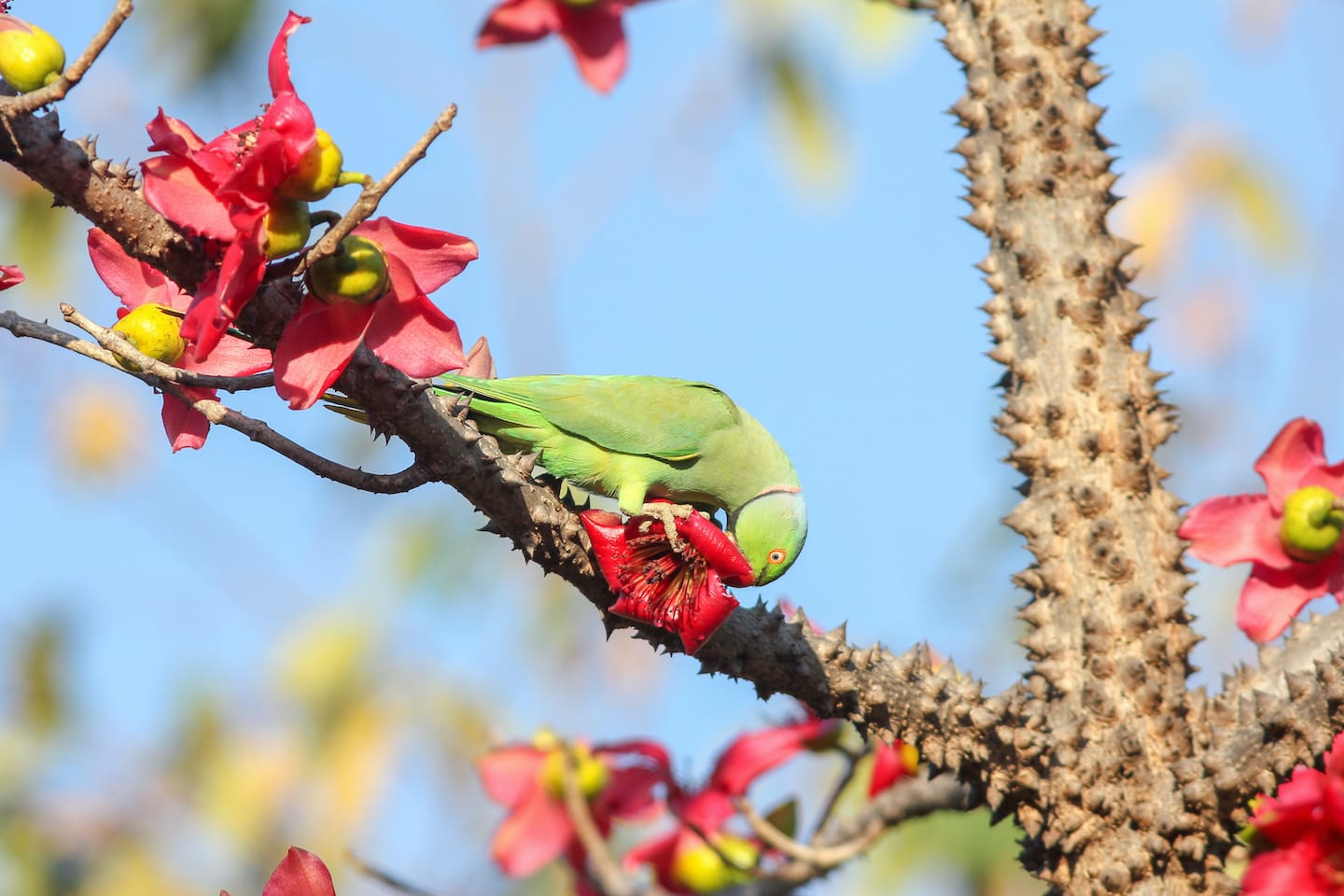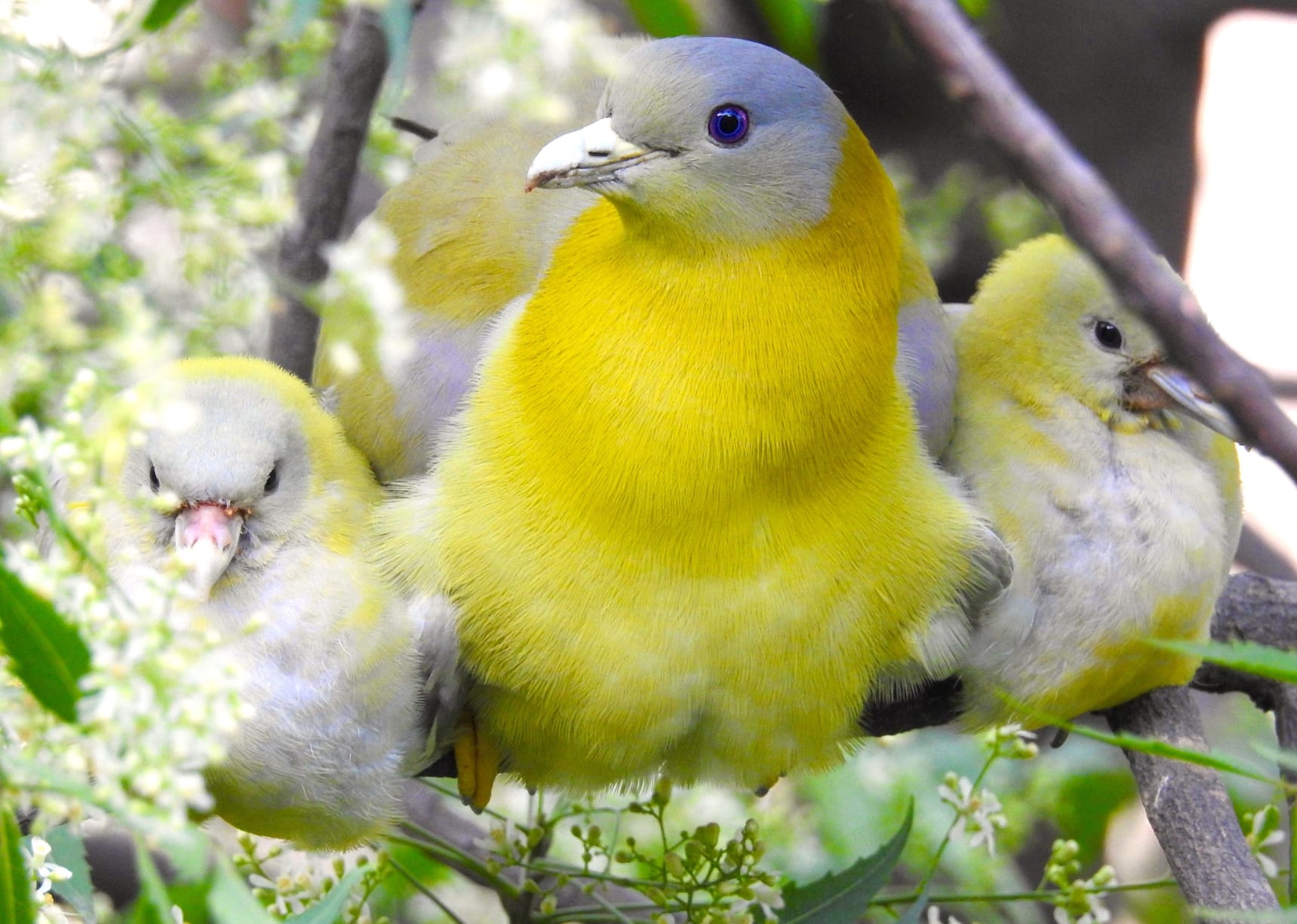 Listen to this article
•
15:34 min
Listen to this article
•
15:34 min
Of all the roles Indian actor Irrfan did, I liked Life of Pi the least. Watching my favourite actor stumbling over an inconsistent, in-turns authentic, in-turns fake Canadian accent was painful. I wanted to love him in the role. This was the role of a lifetime, on the meaning of life and animal-human friendships, adapted from a beloved book I had consumed in a giddy rush in college. My expectations made the disappointment more bitter. None of his part rang true, I felt. Until the movie came to one scene, in which Irrfan describes, tears rolling down his cheeks, how his ward — Richard Parker, a full-grown tiger — leaves him without a goodbye.
That scene changed my life.
Irrfan’s character — Pi — is distraught not because they have been lost at sea for ages. But because when they finally reach shore, Richard Parker jumps off and bounds into the forest. Without turning around. “Richard Parker left me so unceremoniously,” Pi says, with genuine hurt in his eyes. Something had ended, yet resolution had not even begun. The penny dropped with the doomed certainty only the wild brings; and of the foreknowledge that you will never ever see a particular scene again. The tiger, a wild beast confined on a lifeboat with an odd diet, was finally free, never to turn, or return, or be seen. Richard Parker could not be called a pet — or even a friend. Keeping the tiger alive (and away from him) was the mainstay of the relationship between Pi and Richard on their raft. And in the way that prickly relationships usually go, Richard Parker began to give meaning to Pi’s life. He became the fulcrum for his rage and a funnel for his efforts to keep them fed. He was, in short, the reason Pi survived.
This hit home like a double whammy.
I had wanted them to stay longer, the actor, and the baby birds. For the actor, I wanted to see more of our dilemmas reflected in his eyes. For the pigeons, I wanted to have the privilege of seeing their first flight.
As wildlife conservationists, we are devoted to the species we study, but we cannot be too attached to the individual, because we are ultimately talking about wild animals. It is best that wild animals are left untethered, unimprinted, and uninfluenced by human presence. In a sense then, all wild animals should have the kind of distrust of people that Richard Parker had of Pi.
The second aspect is even harder.
Conservation biology decrees we are supposed to do what is the best for the species. There is very little of you in the mix. The Indian Supreme Court, in an iconic 2013 judgment on lion conservation, called this the “species best interest standard”, directing Gujarat to give lions to Madhya Pradesh so they could have a second habitat and an insurance net against extinction.
The species-best interest standard for the great Indian bustard may thus be searching for and collecting great Indian bustard eggs from Desert National Park and incubating them in captivity. This too is an “insurance scheme” to guard against extinction, as the Rajasthan forest department is currently doing. The best-interest standard may include watching a tiger kill a deer without intervention, as I witnessed in Sariska. Or even watching time spooling painfully, strenuously, and inevitably, as an injured tiger grows weaker, and waits glassy-eyed for death.
For many of us who love nature, it all may have started with a curiosity for furry, feathered, or scaly creatures: a rescued puppy, a stray kitten, or injured bird. Many of us have nursed animals. Usually, the wild animals were the ones we were unsuccessful with.
I was eight years old when I found my first injured bird, a common myna. It had a bold eye marked out in what seemed like yellow paint. It was uncommonly quiet for a myna, sick with some unknown plight, and completely dehydrated. But I was so excited. This was a real, palpable creature from the sky, and it needed me to nurture it.
I ran to get a shoebox — I had just the one, kept for preserving a pair of French-rose coloured ballet shoes. I threw the shoes on a shelf and brought the box out like a trophy. We made holes in the box, my mother lined it with newspaper, and I put the bird in. Every day, we would feed the bird, and change its water. Every day, my mother would tell me the bird would need to go away when it got better.
I didn’t understand why the bird couldn’t just stay with us. It had already started trilling, making sounds like a motor whirring, and sometimes singing a sweet warble. It can’t stay because it’s a wild animal, my mother would say. And one day, when I woke up, the bird was gone. So was the box. My father told me it had flown off because it was wild.
I swallowed the explanation, though I couldn’t swallow my tears.
Later, I found out that the myna had died. My parents didn’t want to tell me that. And it’s true, the wild ones often die. We fostered rescued pigeons, bulbuls, mynas, and house sparrows, and they were with us for a few happy days, dying suddenly. The ones that endured through illnesses and stayed on in the household were rescued puppies, kittens, and rabbits.

(Top)The first wild bird I fostered was an injured common myna, which feeds on insects, scavenged meat, and fruit. Photo: Cholpan/Shutterstock
Cover photo: Shivang Mehta
During the coronavirus lockdown of 2020, I was particularly morose. Normally, I wait all year for Indian trees to flower. The lockdown coincided with the end of the semal flowering season, and the beginning of the blossoming of the coral and palash trees. Semal is a keystone species, putting out a fleshy flower which most birds seem to like. Rose-ringed parakeets chew the petals, grey hornbills chew tender branches, barbets and sunbirds sip their nectar. I couldn’t visit my favourite semal trees. The slow-growing palash has a few specimens in Delhi, but I couldn’t visit them either. The flame-shaped, vivid orange blossoms are a beloved nectar source for many birds and bees. I got one glimpse of the coral tree, favoured by purple sunbirds and Indian white-eyes, before all movement was restricted. While others bemoaned the lack of movement during the lockdown, I was pained about my lack of access to trees, which are a hallowed space for me; a place where I stand with the shutters of my eyes and the doors of my mind open.
And then, I saw something in a neem tree outside my home. I was balcony birding every day, trying to enjoy common red-vented bulbuls and yellow-footed green pigeons with the same ferocity with which I searched for grey hornbills feeding on semal blossoms.

In the moving mirage of a tree whipped by April winds, I spotted a mother yellow-footed green pigeon, with a chick stuck to each flank. The chicks of this endearing family had ridiculously large beaks, and downy plumage. The mother would leave the chicks for some time each day, and they would sit still, camouflaged against the kaleidoscopic green. Slowly, they started moving around the tree, hopping and walking between branches. The neem had blossomed with star-shaped white flowers; the family looked like they were sitting in a bower of blossoms, a setting that suited their angelic, circumspect faces.
I finally had my moment — a natural history sight I could document and savour, some compensation for the locking down of mind and body. For seven days, I watched them and took notes.
And then, just like that, they were gone. I looked everywhere. The neem is a large tree, and its leaves resemble tufts. A pigeon with a green body is perfectly suited to sit in one of those tufts and never be seen. The blooms were full of honeybees and black-and-cream coloured pioneer butterflies. The tree was full of life, but the pigeon family couldn’t be seen. They were, as my mother had once claimed about my rescued myna — perhaps alive, perhaps free.
On the second morning of searching — when I realised they were indeed gone — I heard of Irrfan’s death. I was back to his Richard Parker moment, one that I had gone through so many times before. I had wanted them to stay longer, the actor, and the baby birds. For the actor, I wanted to see more of our dilemmas reflected in his eyes. For the pigeons, I wanted to have the privilege of seeing their first flight. Of course, I wanted them to fly off and to live as free birds. But I wasn’t ready for it yet. I wanted my goodbye first, a little parting ceremony, a little closure.
I’ll never know if any pigeons I saw henceforth were the ones I had journaled every day. Like Irrfan’s Pi, I was angry, but also grudgingly happy. Irrfan’s passing, and his utter conviction in his anger towards Richard Parker, made the sentiment stronger. I stared at the tree. Perhaps the birds were there. They certainly didn’t know I was looking for them, or that I felt grief in their parting.
Something had changed. Longing had mixed with love, making it infinitely stronger.







